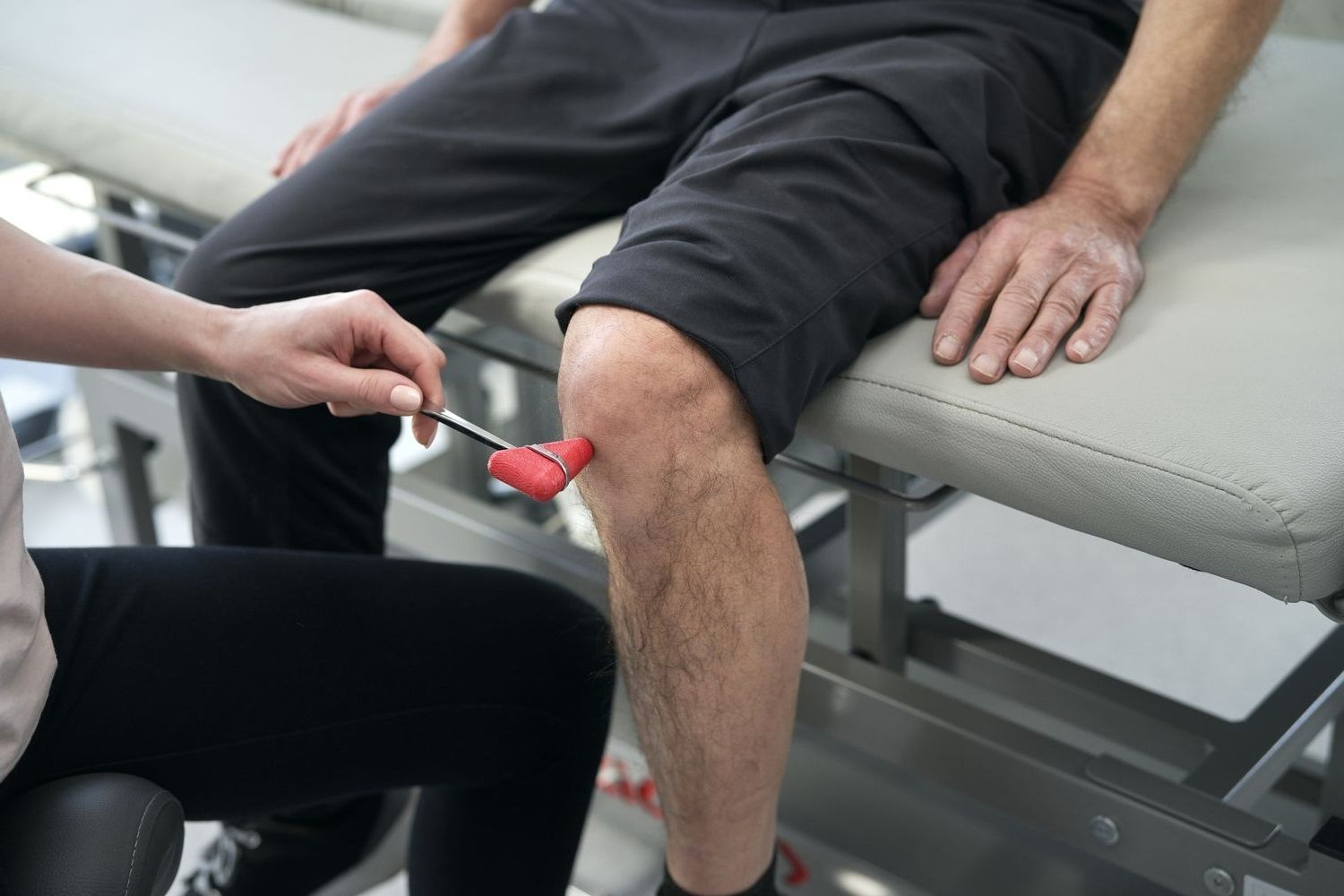
Who was Hannington-Kiff? If you're curious about this intriguing figure, you're in the right place. Hannington-Kiff, a name that might not ring a bell for many, holds a fascinating story worth exploring. Known for his contributions to various fields, Hannington-Kiff's life was a blend of innovation, creativity, and dedication. Whether you're a history buff, a trivia enthusiast, or just someone looking to learn something new, these 25 facts about Hannington-Kiff will surely pique your interest. From his early life to his notable achievements, let's dive into the world of Hannington-Kiff and uncover what made him a remarkable individual.
Key Takeaways:
- The Hannington-Kiff Sign is a simple test that helps doctors find nerve problems in the hand. It's quick, cost-effective, and can detect conditions like cubital tunnel syndrome and repetitive strain injuries.
- Early diagnosis using the Hannington-Kiff Sign can prevent complications, improve quality of life, and guide treatment plans for patients with ulnar nerve issues. It's like a superhero for hand health!
What is the Hannington-Kiff Sign?
The Hannington-Kiff Sign is a clinical indicator used in medical diagnostics. It helps identify specific conditions related to nerve damage or dysfunction. This sign is particularly useful in diagnosing issues with the ulnar nerve, which runs from the neck to the hand.
-
Named After Experts: The sign is named after two medical experts, Dr. Hannington and Dr. Kiff, who first described it.
-
Ulnar Nerve Focus: It specifically relates to the ulnar nerve, which controls movement and sensation in the forearm and hand.
-
Simple Test: The test involves a simple physical examination, making it easy to perform in a clinical setting.
-
Hand Position: During the test, the patient is asked to hold their hand in a specific position to observe any abnormalities.
-
Finger Movement: The test focuses on the movement of the fingers, particularly the little finger and ring finger.
How is the Hannington-Kiff Sign Used?
Medical professionals use this sign to diagnose nerve-related issues. It helps in identifying conditions that might otherwise be missed.
-
Early Detection: It allows for early detection of ulnar nerve dysfunction, which can prevent further complications.
-
Non-Invasive: The test is non-invasive, meaning it doesn't require any surgical procedures or advanced equipment.
-
Quick Results: Results can be obtained quickly, often within minutes of performing the test.
-
Cost-Effective: Since it doesn't require special equipment, it's a cost-effective diagnostic tool.
-
Widely Accepted: The sign is widely accepted in the medical community, making it a reliable diagnostic method.
Conditions Diagnosed with the Hannington-Kiff Sign
This sign helps diagnose several conditions related to the ulnar nerve. Understanding these conditions can provide insight into the importance of this diagnostic tool.
-
Cubital Tunnel Syndrome: One of the most common conditions diagnosed using this sign is cubital tunnel syndrome, which involves compression of the ulnar nerve at the elbow.
-
Ulnar Nerve Palsy: This condition results in weakness or paralysis of the hand muscles controlled by the ulnar nerve.
-
Guyon's Canal Syndrome: Another condition is Guyon's canal syndrome, where the ulnar nerve is compressed at the wrist.
-
Trauma-Related Injuries: It can also help diagnose nerve damage resulting from trauma or injury to the arm.
-
Repetitive Strain Injuries: Repetitive strain injuries affecting the ulnar nerve can be identified using this sign.
Importance of Early Diagnosis
Early diagnosis of ulnar nerve issues can significantly improve treatment outcomes. The Hannington-Kiff Sign plays a crucial role in this process.
-
Preventing Complications: Early diagnosis can prevent complications such as permanent nerve damage or muscle atrophy.
-
Improving Quality of Life: Timely treatment can improve the patient's quality of life by restoring normal hand function.
-
Guiding Treatment Plans: The sign helps guide treatment plans, ensuring that patients receive appropriate care.
-
Monitoring Progress: It can also be used to monitor the progress of treatment, helping doctors make necessary adjustments.
-
Educating Patients: Educating patients about the importance of early diagnosis can encourage them to seek medical attention sooner.
Limitations of the Hannington-Kiff Sign
While the Hannington-Kiff Sign is a valuable diagnostic tool, it has its limitations. Understanding these limitations can provide a more balanced view.
-
Not Definitive: The sign is not definitive and should be used in conjunction with other diagnostic methods.
-
Requires Expertise: Accurate interpretation of the sign requires medical expertise, which may not be available in all settings.
-
False Positives: There is a risk of false positives, where the sign indicates a problem that doesn't exist.
-
False Negatives: Conversely, false negatives can occur, where the sign fails to detect an existing issue.
-
Limited Scope: The sign is limited to diagnosing ulnar nerve-related issues and may not be useful for other types of nerve damage.
The Final Word on Hannington-Kiff Sign
Hannington-Kiff Sign is more than just a medical term. It’s a fascinating piece of medical history that highlights the importance of early diagnosis in appendicitis. Named after two brilliant surgeons, this sign has saved countless lives by helping doctors identify appendicitis quickly. Understanding these facts not only broadens your medical knowledge but also underscores the significance of clinical signs in medicine. Whether you're a medical student, a professional, or just curious, knowing about Hannington-Kiff Sign enriches your grasp of medical diagnostics. Keep this information handy; you never know when it might come in useful. Stay curious, keep learning, and remember, every bit of knowledge counts.
Frequently Asked Questions
Was this page helpful?
Our commitment to delivering trustworthy and engaging content is at the heart of what we do. Each fact on our site is contributed by real users like you, bringing a wealth of diverse insights and information. To ensure the highest standards of accuracy and reliability, our dedicated editors meticulously review each submission. This process guarantees that the facts we share are not only fascinating but also credible. Trust in our commitment to quality and authenticity as you explore and learn with us.
